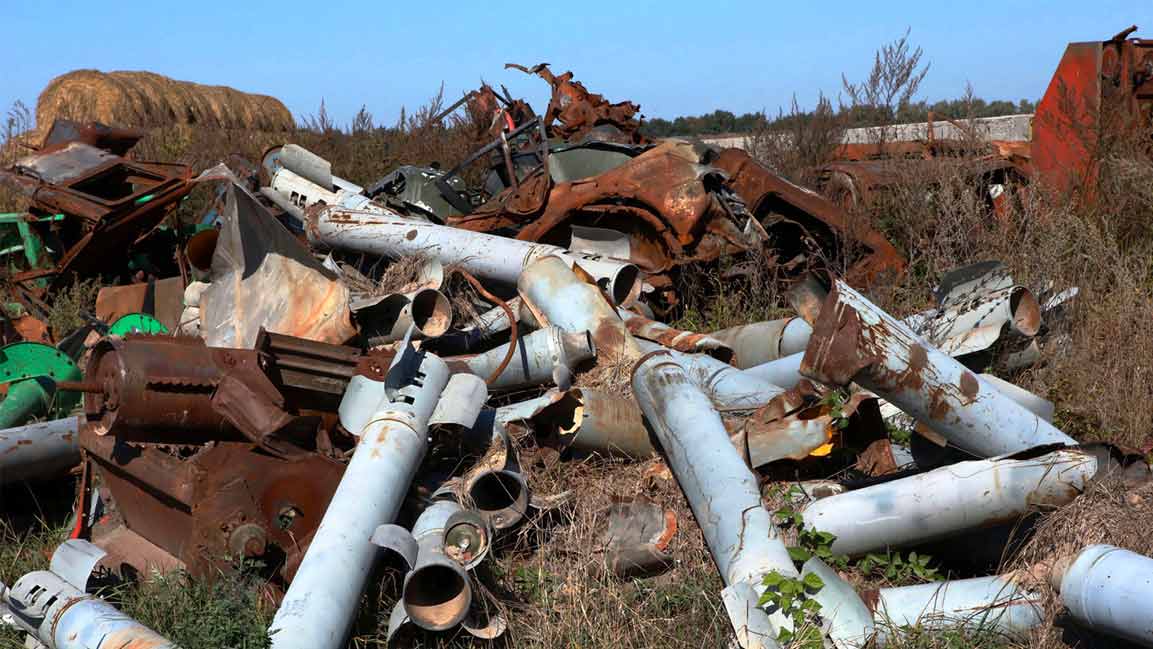- | 8:00 am
10 climate tech innovations that give us hope for 2024
From ships powered by food waste to jet fuel made from CO2, here’s the climate tech we’re most excited about.
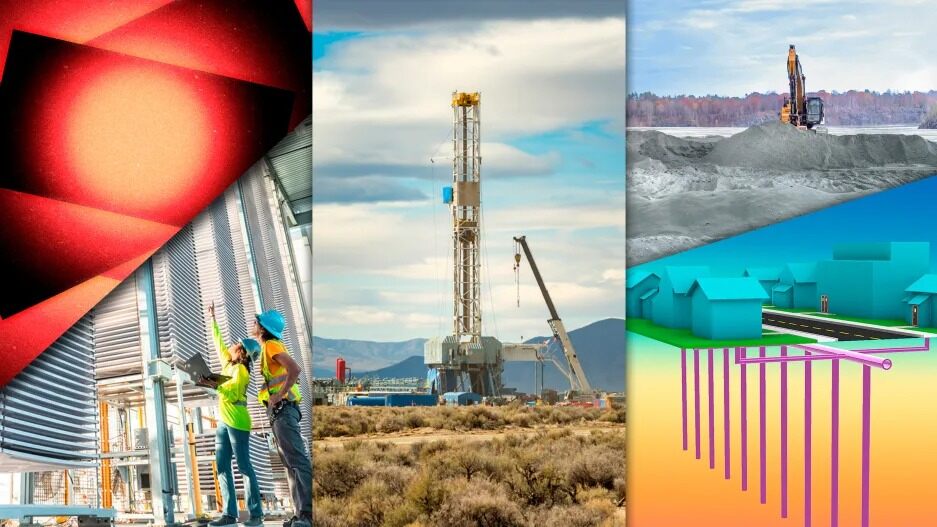
It’s easy to focus on the slow pace of climate action—after decades of warnings from scientists, global leaders are only now beginning to seriously talk about the need to replace fossil fuels. But it’s simultaneously true that climate tech is now being deployed at a breakneck pace. The world is on track to triple renewable energy by the end of the decade. Electric cars are at a tipping point. And throughout 2023, we saw the energy transition begin to unfold across the economy, from a new factory making jet fuel from CO2 to a cargo ship running on green methanol made from food waste. Here are few examples of the new solutions that makes us optimistic that it’s still possible to avoid the worst impacts of climate change.

1. A gas utility is helping a neighborhood shift to a geothermal heat
Heat pumps now outsell gas furnaces. But the transition to clean energy is also starting to happen at a larger scale than in individual homes. In a Boston suburb, the local gas utility, Eversource, is helping nearly an entire neighborhood move to geothermal heat. Dozens of buildings, from single-family homes to low-income apartment buildings and small businesses, will connect to a network that captures heat from underground in a looping system of pipes. In the summer, it can also reverse direction to provide air conditioning. The pilot, a first-of-a-kind experiment for a utility in the U.S., will demonstrate how this type of large-scale transition can work.

2. A new factory is scaling up production of CO2-based jet fuel
At a new factory under construction in Washington State, a startup called Twelve will soon begin using captured CO2, water, and renewable electricity to make jet fuel that could eventually compete on cost with conventional jet fuel. Alaska Airlines will be one of the first customers when the factory begins production next year.

3. People are starting to ditch their gas stoves
After reports about the health and climate risks posed by cooking with gas stoves, a growing number of people—including professional chefs—are starting to switch to induction stoves instead. The stoves have other advantages, including speed and precise control. Startups like Impulse and Channing Street Copper Co. are also designing new models that make the stoves easy to install—and that can even store energy. In the U.S., new rebates through the Inflation Reduction Act will be available for induction stoves next year.

4. The first commercial “direct air capture” facility opened in the U.S.
In California’s Central Valley, a new carbon removal factory is using crushed mineral powder to pull CO2 from the air. The startup, called Heirloom, was still testing the concept in a lab only two years ago. Now it’s running the first commercial “direct air capture” plant in the U.S. and working with CarbonCure, another company, to permanently store the captured CO2 in concrete. The startup is aiming to remove a billion tons of CO2 by 2035.
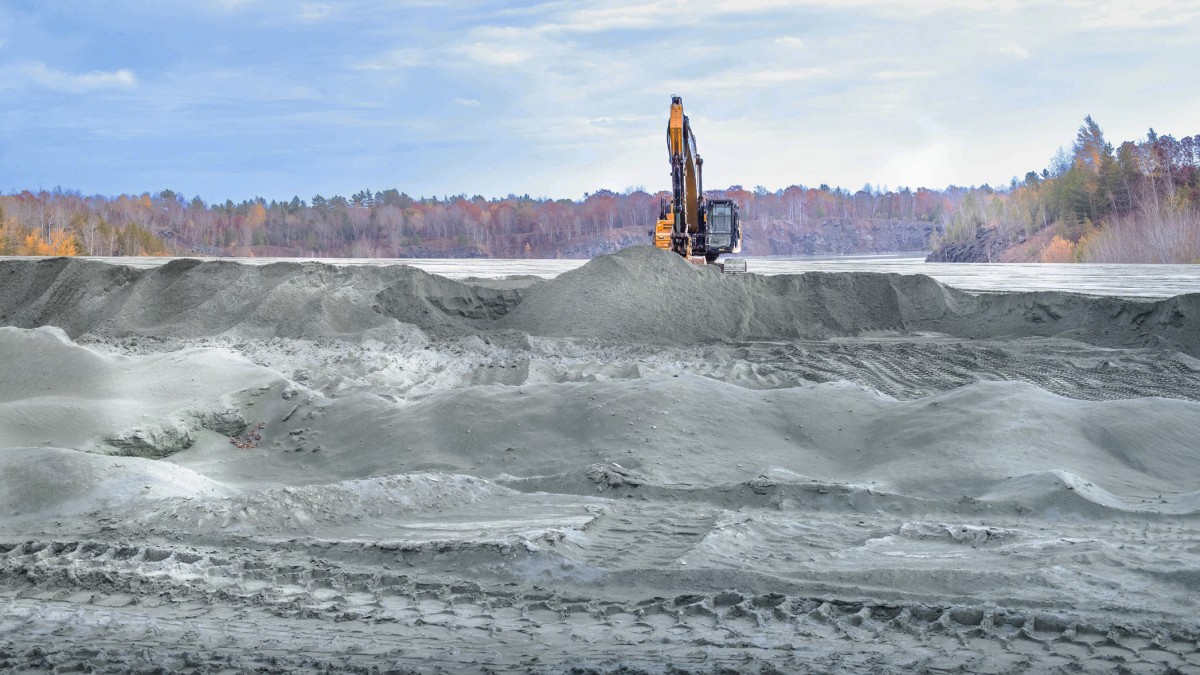
5. A new carbon removal solution is spreading on farms
A startup called Lithos uses crushed rocks in another way: by spreading basalt dust on farms, it’s both helping farmers increase yields and permanently capturing CO2. The company, founded in 2021, is already working on more than 80 farms, and quickly growing. Frontier, a coalition of companies that wants to boost the nascent carbon removal industry, recently committed to pay Lithos $57.1 million to remove 154,000 tons of CO2 over the next four years.
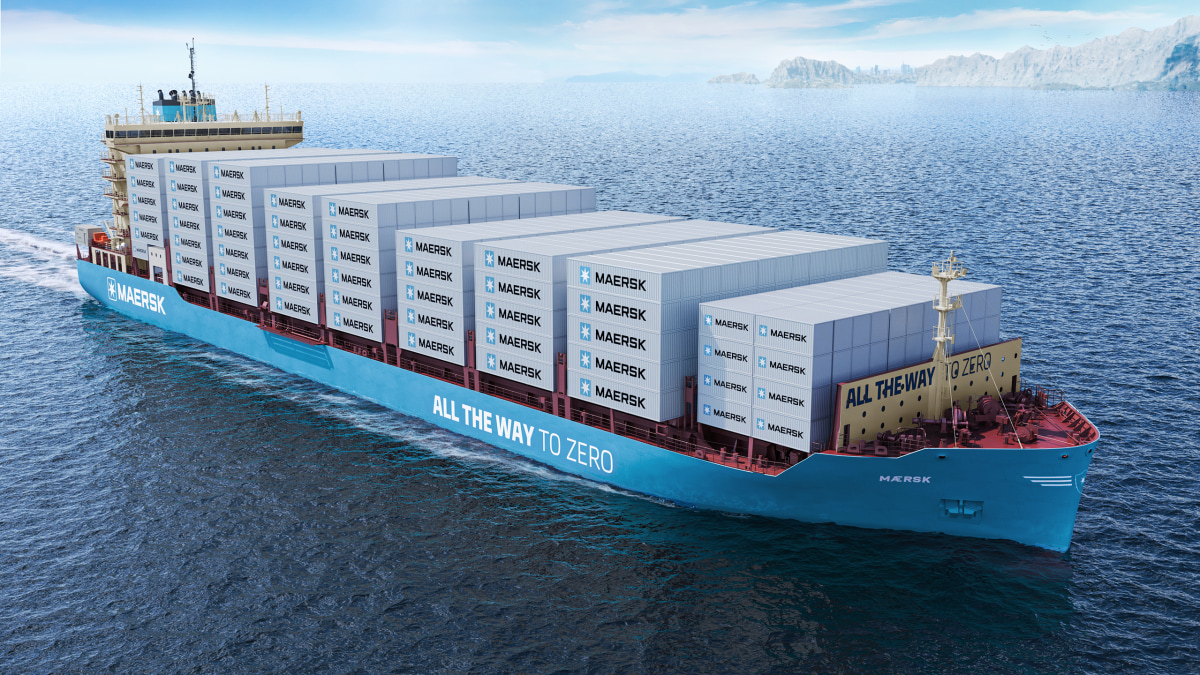
6. Zero-emissions ships are coming
A new cruise ship under development includes massive sails covered in solar panels, so the ship can harness both wind and solar power. It also has large batteries that can charge as the ship travels from port to port along a coast. Made by the Norway-based cruise company Hurtigruten, it will likely be the first zero-emissions cruise ship in the world when it’s finished by the end of the decade. Other low-emissions ships are also emerging, including a cargo ship from Maersk that set sail this summer running on green methanol made from food waste.

7. Factories have a new option for clean heat
A third of the energy used in the U.S. goes to heat in factories, and that heat usually comes from natural gas or coal. But a startup called Antora uses renewable energy to heat up giant blocks of carbon, and then releases the heat on demand. By storing solar or wind power when there’s excess production, the cost of the system can compete with fossil fuels. The company ran a pilot in California this summer and will begin manufacturing the technology next year.

8. New tech from MIT turns concrete into a supercapicitor
As multiple startups work to reduce emissions from cement—one of the world’s biggest polluters—researchers at MIT are rethinking the material in a different way. By combining cement with carbon black, it’s possible to make concrete that can store energy. The foundation of your future house could eventually store solar power from your roof.
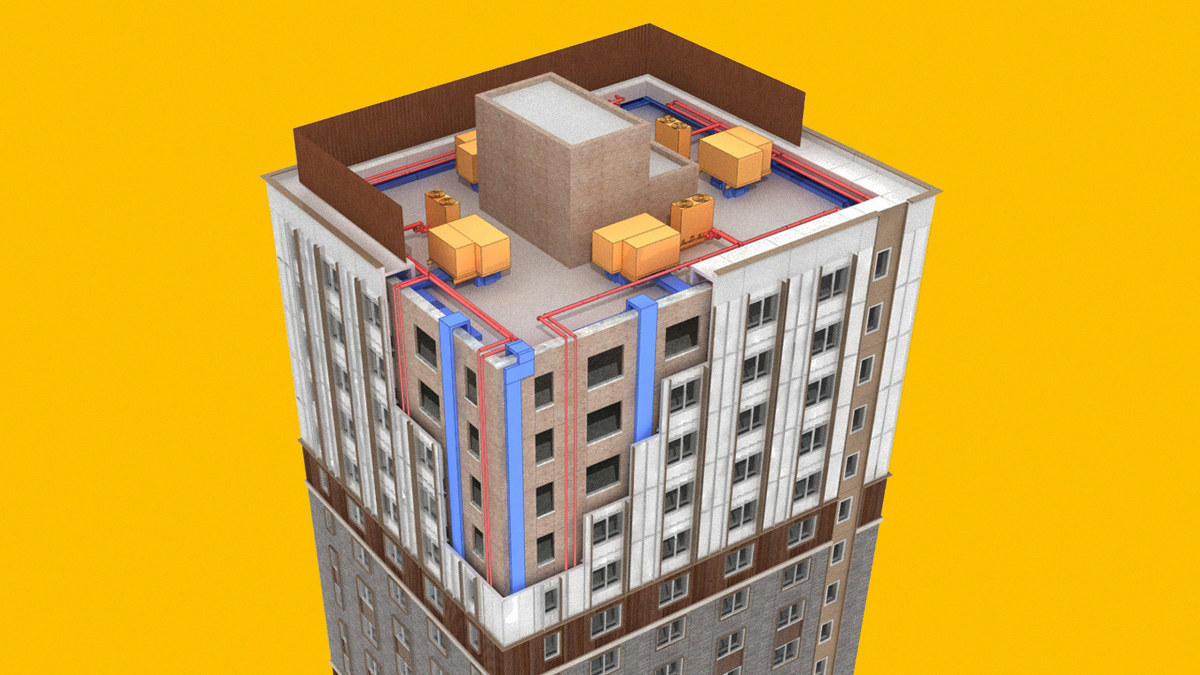
9. It’s getting easier to retrofit inefficient buildings
Old apartment buildings waste a lot of energy, but retrofitting them can be expensive for building owners and disruptive for tenants. A new design could make the process a lot easier: a startup called Hydronic Shell Technologies makes panels that include built-in insulation and heating and cooling equipment. Upgrading a building is essentially as simple as swapping out the façade. The startup is now planning its first pilot project at a low-income apartment building in Rochester, New York.
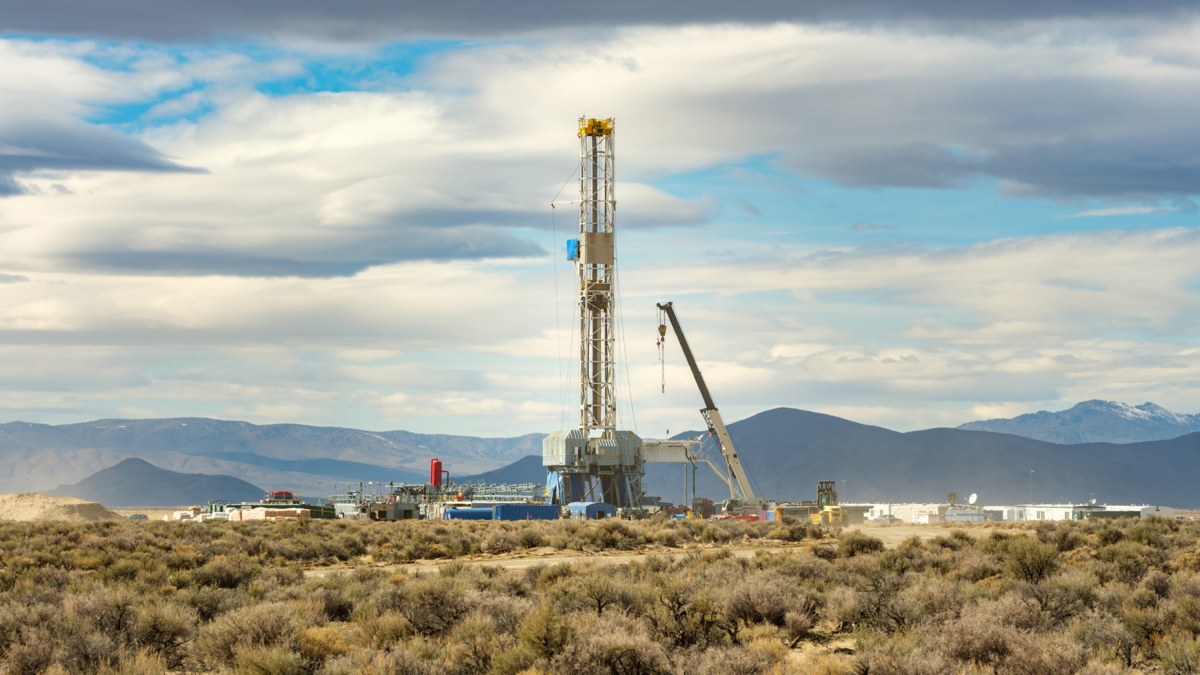
10. New geothermal tech could help fill the gaps in renewable energy
In the Nevada desert, a startup called Fervo recently started sending power to the local grid—and Google data centers—from its next-generation geothermal power plant. The company drills deep underground and then drills horizontally, using hot rocks to heat up water and create steam to generate electricity. While geothermal power was limited to certain locations in the past, now it can be viable almost anywhere. It can provide a constant source of clean energy, filling gaps when solar and wind aren’t available.














